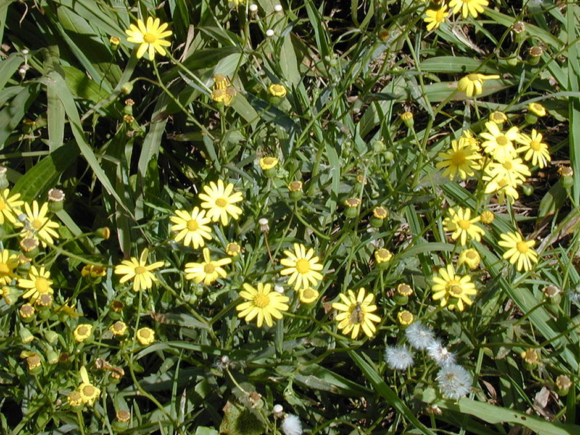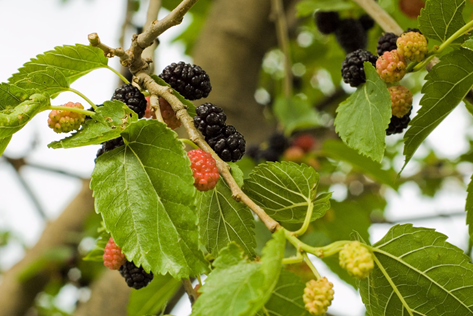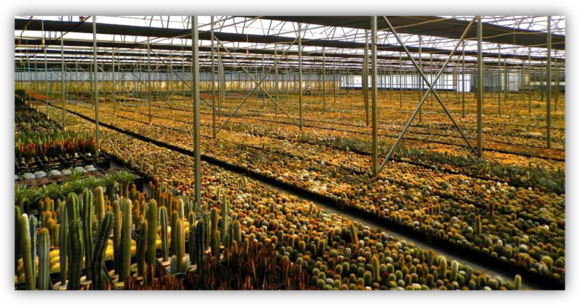2 April 2014 | By Matt Hill
Fruit flies are major economic pests throughout the world, causing huge economic losses to commercial fruit production. Some of the most notorious invasive species cause widespread damage by puncturing the fruit during egg laying and leaving the larvae to develop in the fruit. Association with climate is a major driver of invasion success of such pests, and can also help to determine ecological similarities between closely related species. As many of these fruit fly species are highly invasive, there is an urgent need to understand the role that climate plays in their pest status and distribution.
In a recent paper, C·I·B core team member John Terblanche and post-doctoral fellow Matt Hill examined the ecological overlap between Bactrocera invadens and Bactrocera dorsalis s.s. to support the current hypothesis that they are in fact the same species. By understanding the climate associations of these Bactrocera species and how similar they are between species, it should be possible to then look at the invasion potential of these flies. Because other members of the B. dorsalis complex may also be part of this single species, the authors included two other members of the B. dorsalis complex in the study, namely B. philippinensis and B. papayae. They examined the relationships between climatic variables such as temperature and rainfall, and what is known about the distributions of these flies.
In line with other studies that suggested B. invadens and B. dorsalis are the same species, the authors found that the ecological overlap between the species is high. Including the other B. dorsalis complex species into the predictive models better describes the range expansion and invasion potential of B. invadens in South Africa. The authors suggest that these species should be considered the same – at least functionally – and that global quarantine and management strategies should be equally applied to these Bactrocera species.
Read the paper
For more information, contact Matt Hill at hillmp@sun.ac.za

Images used under Creative Commons Attribution Non-Commericial License from IAEA (International Atomic Energy Agency) image bank http://www.flickr.com/photos/iaea_imagebank/



